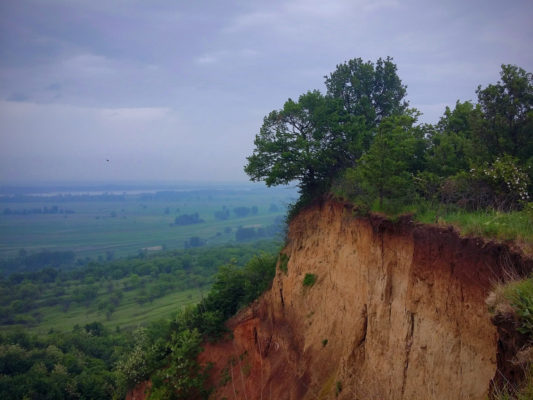Previous blog posts have highlighted the importance of loess as an indicator of climate and environmental changes in the past. These posts showed the relevance of loess deposits as archives of Pleistocene climates and environments, the importance of using novel approaches in mapping these and other Quaternary-related sediments, the aspects of dating loess deposits, as well as the peculiarities o ...[Read More]
Presenting a new European loess map
Loess is a silt-sized, aeolian sediment that was produced in large quantities in past geological eras of mid-latitude Europe and Asia, among others (Fig. 1). It is used in Quaternary science to infer about past climatic and environmental conditions. Generally, layers of loess formed during cold and dry periods, while soils formed within/on top the loess during warmer and wetter periods. These soil ...[Read More]
What’s my age again? Comparing dating methods in loess

As you have learned from our previous posts, loess is a widespread terrestrial sediment, known to be an important archive for the changes of past environmental and climatic conditions. In order to use loess as a proxy, we first need to investigate the age of the sediments. In loess, different dating methods can be used, such as luminescence dating, radiocarbon dating, magnetic stratigraphy, and or ...[Read More]
LOESS IN TRANSLATION
Loess is a mineral, aeolian deposit with a range of definitions in literature, which class it as either a sediment, soil, or rock. Some classic texts suggest that “loess is not just the accumulation of dust” [1], and it must include additional processes such as loessification, calcification, pedogenesis, and in-situ weathering. The definition adopted depends on the scientific background and the qu ...[Read More]



